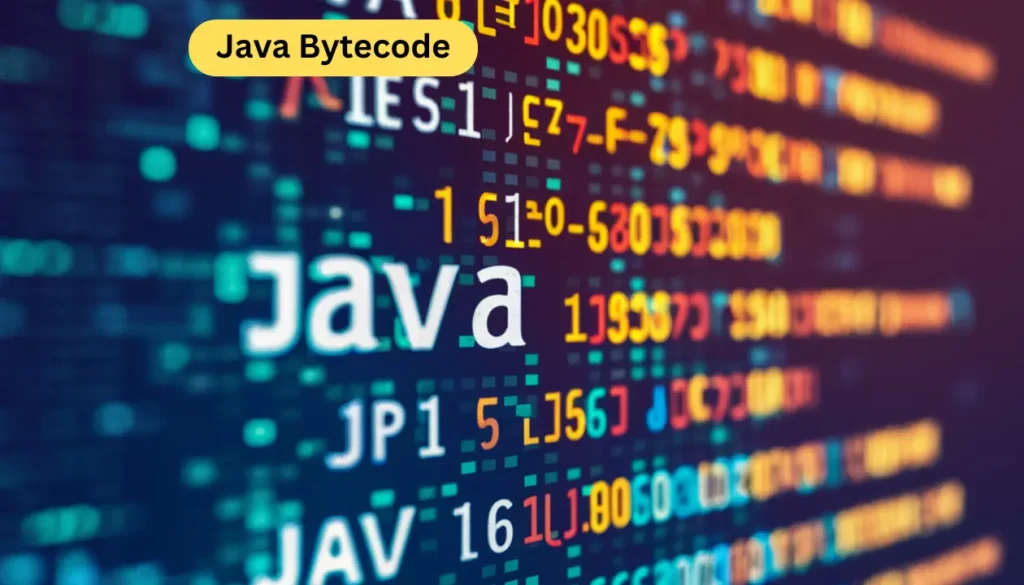In this third installment of our exploration into Java bytecode, we continue our journey through the fascinating world that lies beneath the surface of Java programming. Embark on an adventure where we decipher the secrets encoded in Java bytecode and unravel the mysteries of its inner workings.
Understanding Java Bytecode
Decoding the Essence of Bytecode
In our quest to comprehend the essence of Java bytecode, we delve deep into its structure and significance. It, often referred to as the intermediate representation of Java code, serves as the bridge between the high-level Java source code and the low-level machine code executed by the Java Virtual Machine (JVM).
The Role of JVM in Executing Bytecode
Central to the execution of Java bytecode is the Java Virtual Machine. JVM, acting as the runtime environment for Java applications, plays a pivotal role in interpreting and executing bytecode instructions. It provides a platform-independent execution environment, allowing Java programs to run seamlessly across diverse operating systems and architectures.
Optimizing Java Bytecode
Strategies for Bytecode Optimization
Optimizing Java bytecode is essential for enhancing the performance and efficiency of Java applications. Bytecode optimization techniques aim to minimize resource consumption, improve runtime speed, and streamline code execution. From dead code elimination to method inlining, various strategies are employed to optimize bytecode for peak performance.
Benchmarking Bytecode Performance
Benchmarking serves as a crucial tool for evaluating the effectiveness of bytecode optimization techniques. Bytecode performance benchmarks provide insights into the impact of optimization strategies on runtime efficiency, memory usage, and overall application performance. By analyzing benchmark results, developers can fine-tune their optimization efforts for optimal results.
Security Considerations in Java Bytecode
Addressing Security Vulnerabilities
As with any software component, Java is susceptible to security vulnerabilities. Bytecode security considerations encompass a range of concerns, including bytecode verification, access control, and secure coding practices. By adhering to established security guidelines and leveraging bytecode analysis tools, developers can mitigate potential risks and safeguard their Java applications against malicious exploits.
Implementing Secure Coding Practices
Adopting secure coding practices is paramount in ensuring the integrity and resilience of bytecode. Secure coding guidelines advocate for principles such as input validation, proper error handling, and least privilege access. By incorporating these practices into the development process, developers can fortify their code against common security threats and bolster the overall security posture of their Java applications.
Exploring Advanced Bytecode Techniques
Dynamic Code Generation
Dynamic code generation empowers developers to generate and execute bytecode dynamically at runtime. The generation techniques facilitate dynamic class loading, manipulation, and runtime code generation, enabling advanced runtime customization and extensibility in applications.
Metaprogramming with Bytecode
Metaprogramming involves writing programs that manipulate other programs as their data. Bytecode metaprogramming leverages bytecode manipulation libraries and frameworks to dynamically modify class bytecode, inject custom behaviors, and achieve runtime metaprogramming capabilities in applications.
Conclusion
In conclusion, our expedition into the realm of Java bytecode has unveiled a myriad of insights and revelations. From decoding the intricacies of bytecode structure to exploring advanced optimization techniques, our journey has shed light on the inner workings of Java’s hidden treasure. As we continue to navigate the ever-evolving landscape of Java programming, let us harness the power to unlock new realms of innovation and possibility.

